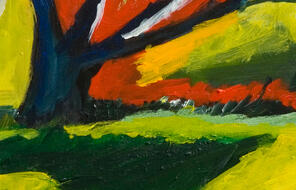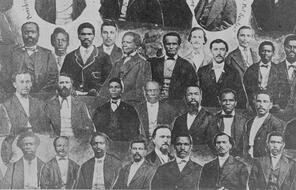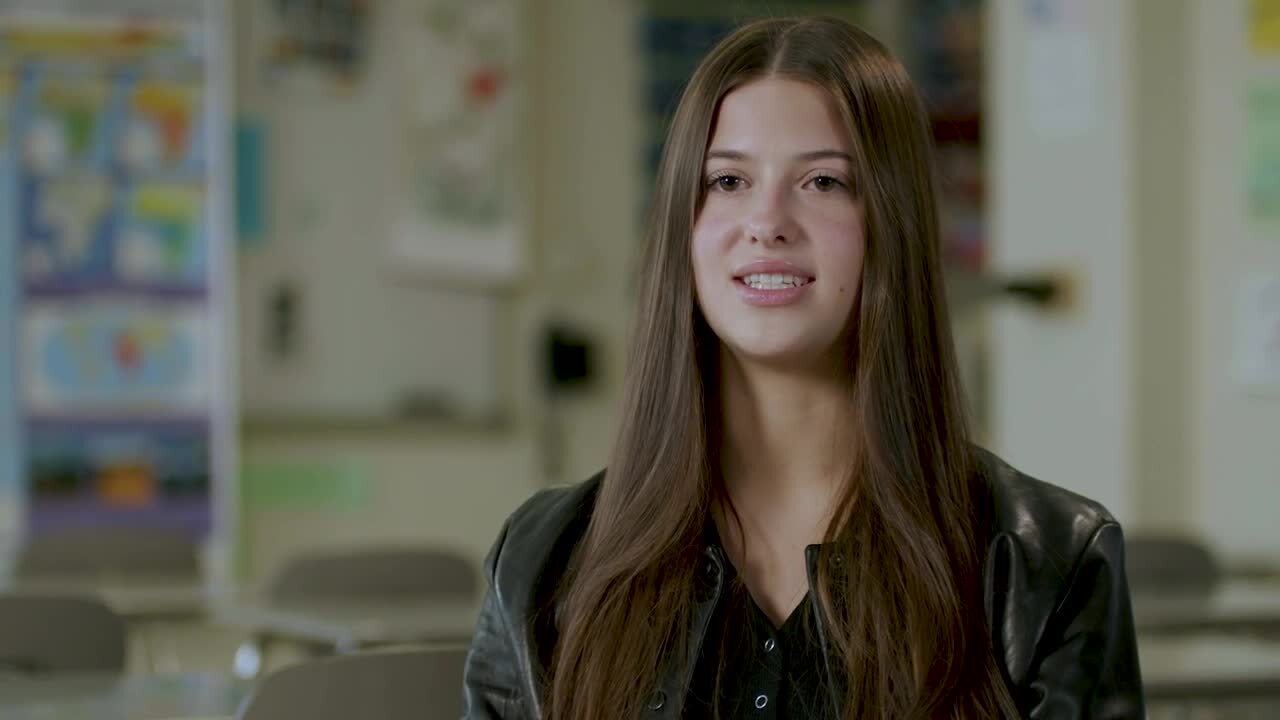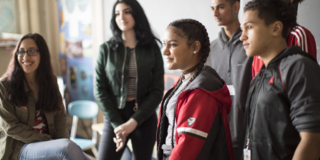
Why Facing History
We have many collections, lessons, and other classroom resources that connect history and today.
Explore our Resource Library
Choices make history.
Choosing to Participate
Young people have the power to affect meaningful change in their classrooms, communities, and the world. Learn how Facing History can help you inspire students to stand up for what they believe in and choose to participate.
Ready to go from reflection to action?
Get the Choosing to Participate Toolkit
Promoting Democracy
Democracy Is Our Responsibility
In order for democracy to thrive, we all need to participate and make choices that improve life for ourselves and others.
Interested in learning with Facing History? Explore our live and on-demand learning events.
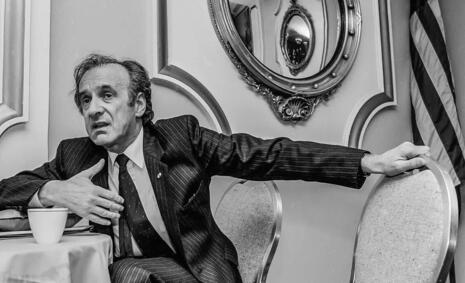
Elie Wiesel
Writer, professor, political activist, Nobel laureate, and Holocaust survivor Watch Elie Wiesel discuss fighting indifference
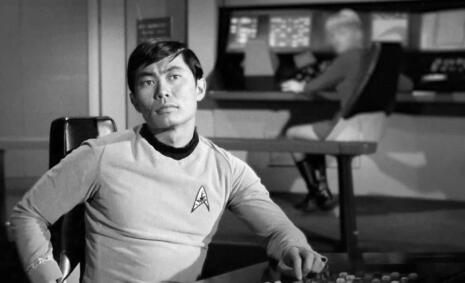
George Takei
American actor and activist Watch George Takei discuss standing up to racism
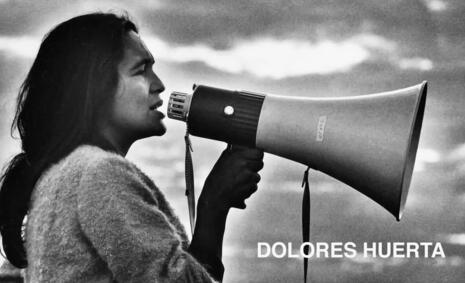
Dolores Huerta
Labor leader and civil rights activist Watch Becoming an Activist: A Conversation with Dolores Huerta
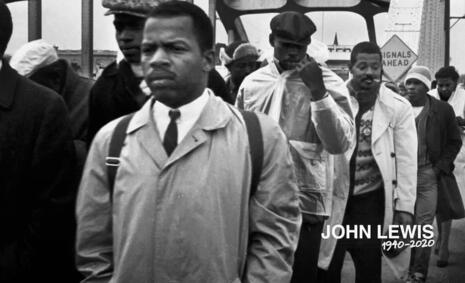
Representative John Lewis
Congressman and civil rights activist Watch Rep. Lewis discuss bringing the country together
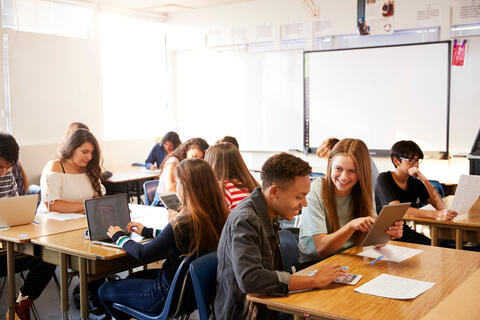
Explore Democracy & Freedom in US History
Integrate themes of democracy and freedom throughout your US history course with our US History Curriculum Collection. Designed to be flexible, you can adapt this set of units, lesson plans, and C3 inquiries to fit your curriculum.
Transforming Schools
Facing History provides personalized resources and support to districts and schools to improve opportunities for all students, improve school culture, and develop new teaching practices. And it works.
-
95% of students at Facing History partner schools have observed ways in which Facing History has positively impacted their school.
-
83% of teachers in Facing History partner schools agreed that most students in their school treat adults with respect.
-
Two randomized controlled trials show that Facing History interventions in middle and high schools lead to the development of safer and more engaging learning environments.

